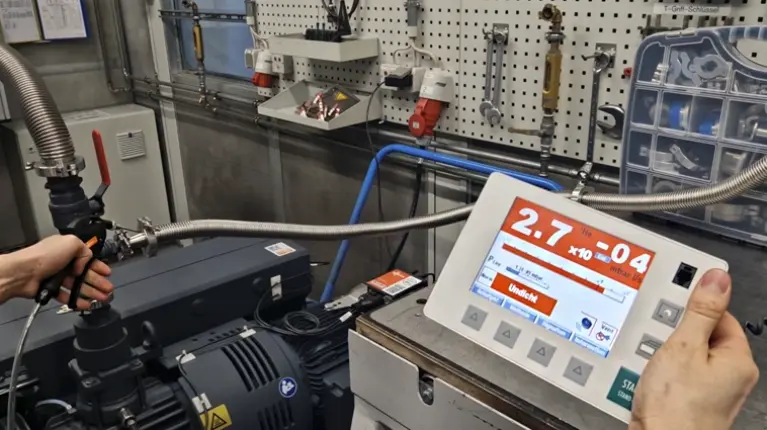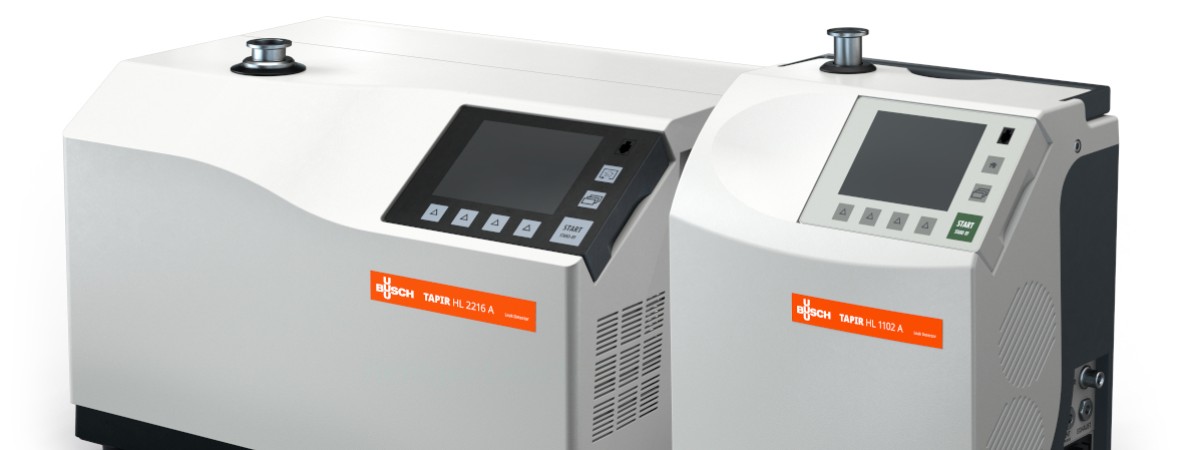Find your leak detection solution with the Busch Group
The Busch Group, a global leader in vacuum technology, unites two expert brands: Busch Vacuum Solutions and Pfeiffer Vacuum+Fab Solutions. Together, they offer an extensive portfolio of vacuum solutions, covering various applications and industries.Busch Vacuum Solutions is renowned for its dependable vacuum pumps, blowers, and compressors, while Pfeiffer Vacuum+Fab Solutions specializes in high and ultra-high vacuum ranges and leak detection technologies. For comprehensive leak detection solutions, please visit the Pfeiffer website.

